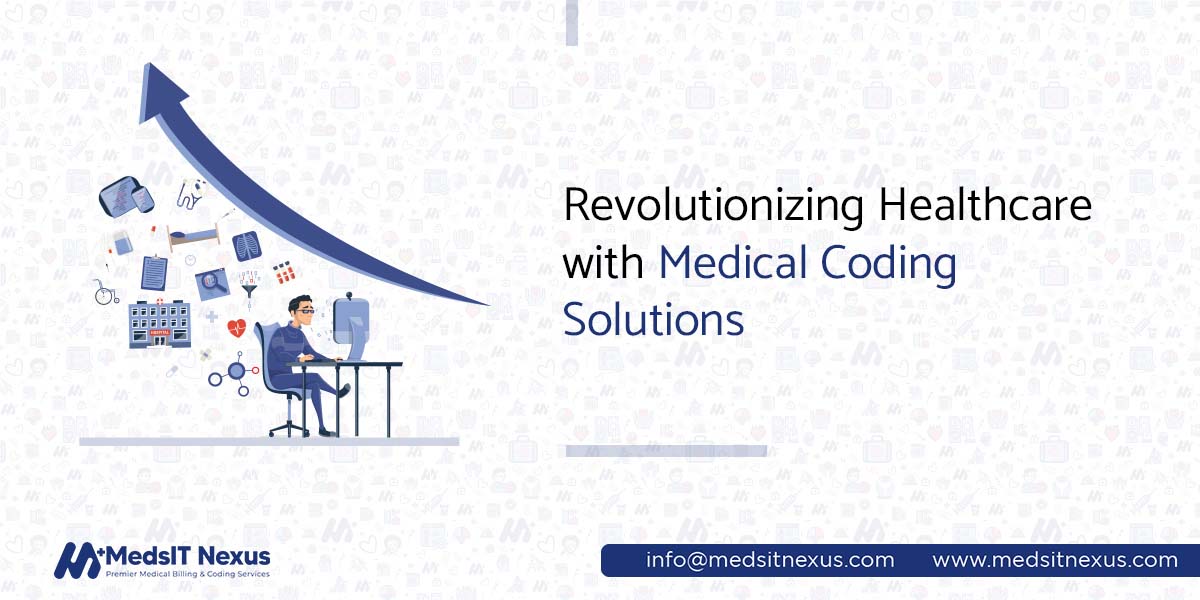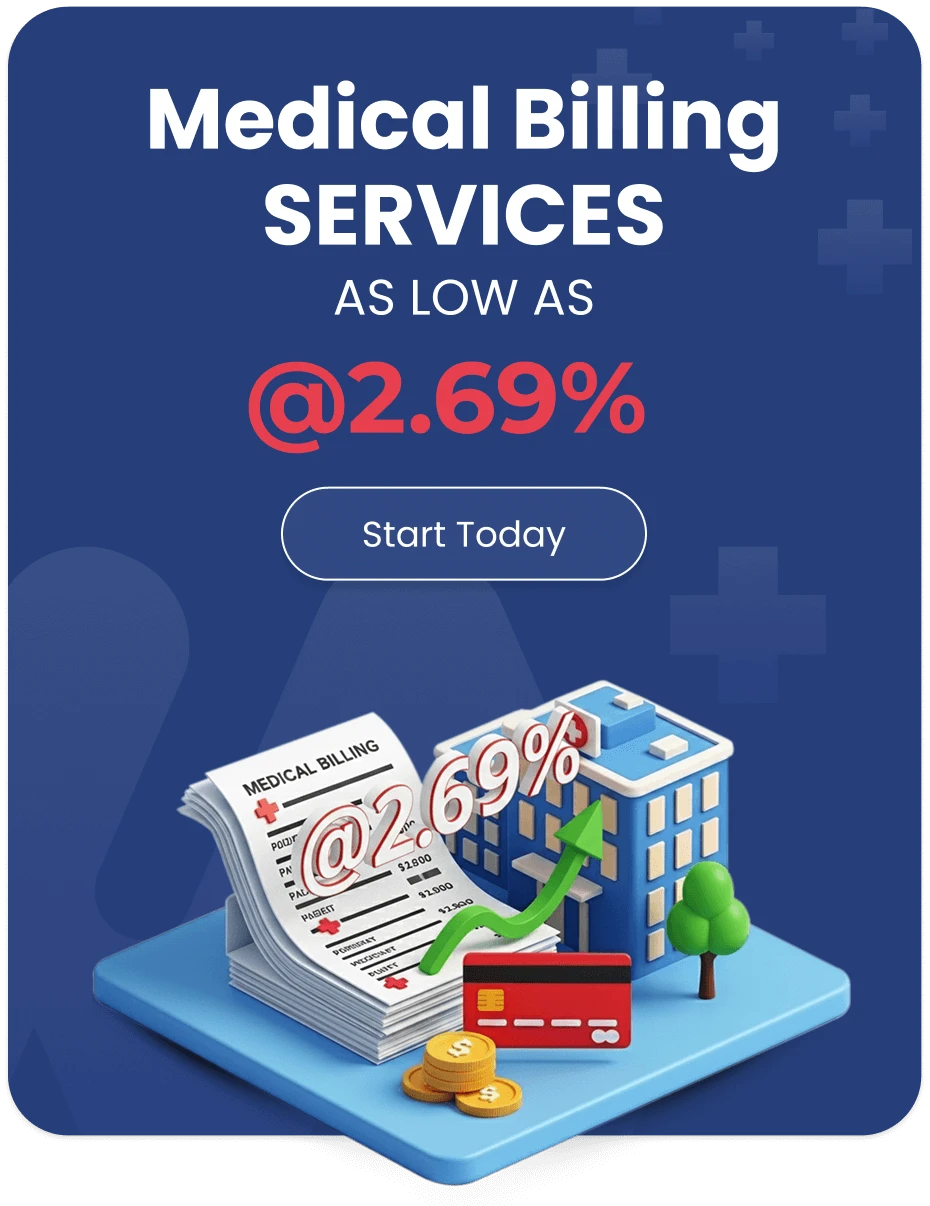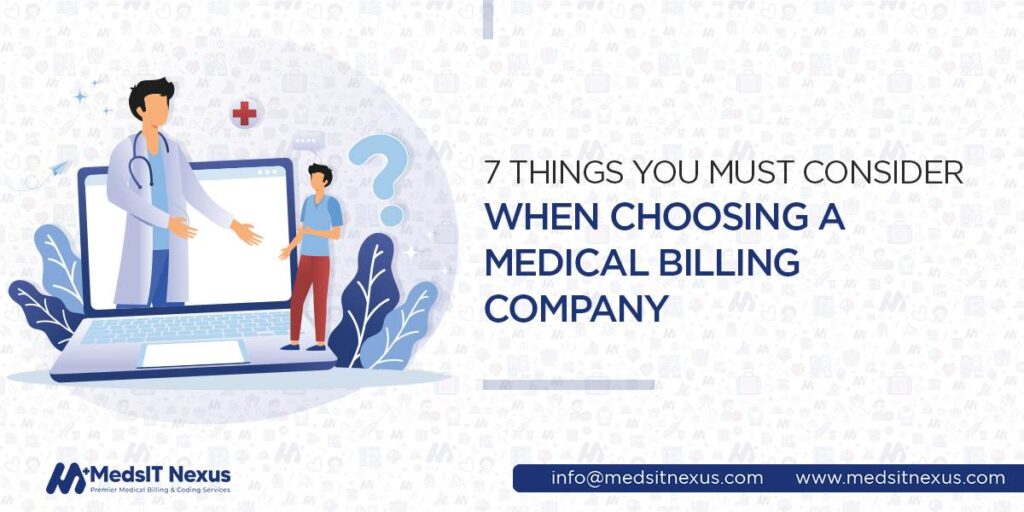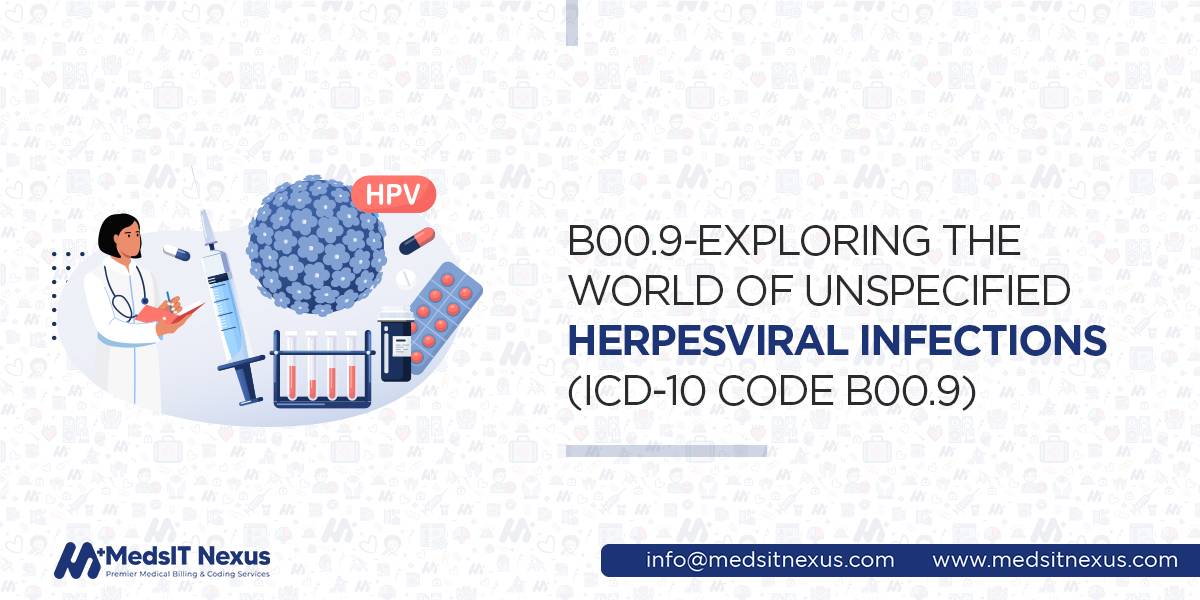Revolutionizing Healthcare With Medical Coding Solutions

The global increase in the disease ratio, including the 8.89 million deaths from ischemic heart disease and around 6.19 million deaths caused by stroke in 2019, resulting in the demand for enhanced quality care by the people, is only catered to thanks to unprecedented technological advancements. Almost every aspect of the healthcare industry is looked after with immediate and efficient automated systems, including the significant medical coding process, to ensure the services are comprehensively redeemed. Given the significance of medical Coding Solutions, healthcare providers not only avail such revolution to the best of reimbursement management but to deliver high-quality patient care because the technology eliminates considerable hurdles of claim denials and ensures coding accuracy as the means to streamline the entire financial health of an organization. By automating medical Coding and yielding a standardized documentation structure, providers can safely record patient data, billing is efficient, and compliance with healthcare regulations is appropriately handled within the care departments and remotely from anywhere possible. However, implementing these technologies in Coding is far from the efficiency expected because the integration needs specific expertise and training to produce effective outcomes. Join us in exploring the intricate web of medical coding solution reviews and the impact of automated coding solutions in revolutionizing the healthcare industry. Moreover, this guide offers explanations on the role of artificial intelligence (AI) and machine learning (ML) as the revolutionary changes emerging in the world of healthcare.
Medical Coding Solutions Affecting Healthcare Challenges
Changes and challenges are an inevitable part of healthcare, and addressing the evolving policies in practice is the only support leading providers to reduce the additional effort to handle administrative activities and payment delays. Other benefits of strictly adhering to these changes are helping professionals improve practice cash flow, patient care and satisfaction, and reimbursement for their services. For example, in order to bill correctly, your practice must follow the CMS physician fee schedule and the CPT E/M Codes. However, implementing these changes is more than just the go-to solution for professionals but requires specific expertise and efficient technology integration. Some common healthcare providers' challenges today are:
- Cost containment
- The demand for quality improvement
- Sticking to the ever-evolving realm of regulatory requirements
Automated medical coding solutions uniquely address those challenges in improving healthcare organizations' financial health because of the technology's potential to ensure error-free Coding and the fact that little manual effort and resources are needed. Moreover, accurate Coding ensures proper and fair reimbursement for the care providers, reduces revenue leakage, and prevents practice from the risk of legal and potential fraud. Some of the common challenges for medical providers recently reported require professionals to:
Keep Focus on your Billing And Coding Staff Expertise
Ensure your practice regularly monitors the performance and expertise of the medical Coding and billing
department as it is the supporting pillar for your practice finance. Investigating practitioners’
expertise and field knowledge will help you ensure the practice goals are fulfilled, as only experts and
dedicated professionals can make the difference in terms of efficient management by conducting regular
audits to analyze the entire revenue cycle.
Constantly Update Your Practice With Billing And Coding Changes
One example change to follow is E/M coding changes in 2023, released by the American Medical Association
as new guidelines, including 225 new codes, 75 deletions, and 93 revisions. Furthermore, ensuring your
practice is involved with CY 2023 MPFS updates including changes regarding telehealth
services, expanded coverage for colorectal cancer screening, behavioral health, and some other services
covered.
Technology - Your Best Innovation Aid
Medical Coding services and billing are interlinked, and technology can help providers streamline
various processes including:
- Automation in medical billing
- Data collection
- Medical Coding
- Revenue tracking
- Business monitoring
- Improving KPIs and RCM
However, ensure that only expert medical coders can use software efficiently to streamline the process and save your team adequate time with reduced errors.
Emerging Tendencies In Healthcare And Medical Coding Solutions
Automated Clinical Coding
Introduced recently, "automated clinical coding" indicateCoding solutions that can be automated with
computers using AI approaches, including Natural Language Processing (NLP) and Machine Learning. One of
the studies highlighting the reasons for the extensive use of automation technology in healthcare is
that manual Coding is time-consuming and open to errors because the practice is subjected to incomplete
patient information, providers’ subjectivity in selecting diagnosis codes, errors in data entry, and
coders’ lack of coding expertise.
In contrast, automated Coding can improve the quality, accuracy, and efficiency of manual Coding,
according to a recent literature review posed by experts.
Is automating clinical Coding a complex task for practitioners?
Recently, Dong et al. analyzed ACC's technical and implementation challenges in their study, as
reported. Although the technology has a high potential and capability for accurate coding procedures,
text analysis and summarization, standard procedure, and code classification are challenges for
computer-assisted systems. Natural Language Understanding NLU is an unsolved area of AI, and linking the
natural language to knowledge representations like the ICD-10 Coding system is significant to solving
the issue. Moreover, clinical Coding is challenging compared to NLU tasks, posing difficulties
including:
Firstly, clinical documents are variously structured, lengthy, notational, and incomplete, requiring a
specific understanding of the text in the documentation. These variable document structures use terse
abbreviations and symbols. Moreover, coding documents require understanding the entirety of patient
records, including discharge summaries, radiology reports, and pathology reports, and often need to be
completed or included.
Secondly, the complex and dynamic coding classification system is another challenge for automated
Coding. An increase in the coding system and updates such as the ICD-11 System came into effect in early
2022 but still need to be used in practice at the time of writing. Combining additional unique codes can
code more than 1.6 million clinical situations. There are also significant changes in chapter structure,
diagnostic categories, and diagnostic criteria.
Thirdly, coding practitioners must explore social-technical issues with automated clinical coding
systems. Information systems transitioning to semi-automated Coding in a national healthcare system pose
more challenges than technical issues. Some problems for coders are presenting information in automated
coding systems to easily avoid errors and yield the likely results from coding automation, consequently
leading coders to acquire new skills and expertise to integrate automation efficiency.
Symbolic and Neural AI in Resolving Automated Clinical Coding Solutions
Developing AI in deep learning, either with a symbolic, knowledge-based approach or neural networks, is
important in overcoming automated coding challenges. Symbolic AI applies symbols and rules to model
standard Coding structures, whereas the neural network and deep learning approach simplify complex
functions to document patient information with appropriate medical codes.
Deep learning methods in automated clinical Coding have yet to get much attention due to the
time-consuming nature of processing tens of thousands of codes with their extended rules, variations,
and interrelations. Hence, experts suggest it needs the support of machine learning with textual
features for classification.
Moreover, the pure deep-learning method does not require expert rules and hand-crafted textual features;
thus, it is easily applicable and achieves better results in overall performance by learning from
sufficient data. Hence, the method is significant in its application in automated Coding. However, some
experts emphasize the need for knowledge-based approaches in the area, or the better solution is to
combine both approaches in the design and structure of automated clinical coding solutions.
Medical Coding Automation and Improved Accuracy
Accuracy is the essence of medical coding automation, determining a practice's productivity. One of the studies reported by the Journal of American Medical Association states that “billing and insurance-related costs in the US healthcare system amounted to $471 billion in 2020”. Yet, AI and Coding software uses machine learning algorithms to analyze clinical records and extract information that is useful, such as treatment procedures, diagnosis, and services. Moreover, medical coding software has made Coding faster and more accurate, which eases the large data proceeding in seconds, offering a speedy process to providers.
Fraud and Error Reduction With Automated Coding Solutions
Considering the automation advancement in medical Coding, professionals can efficiently identify and prevent fraudulent practices such as upcoding and unbundling and other benefits:
- Extended data analysis efficiently
- Trends identification of fraudulent activities within the practice such as repeated claims, upcoding, and unnecessary procedure charges.
- Reduced eros and practice transparency, benefiting both patients and providers.
- Eliminated costly fines and legal penalties
- It is comfortable for patients to ensure their payments are appropriate and necessary.
Guaranteed Productivity With AI In Medical Coding
Some of the significant advantages of integrating AI in Medical coding include:
- Automation opportunity for providers for several tasks
- Streamlined medical coding solutions that are traditionally time-consuming
- Providers saved time and freed up schedules for more critical tasks.
- Highest coding accuracy and speedy operations
- Providers’ significant gain in practice productivity
- Providers also enhance the ability to handle more patients to not only increase patient satisfaction rates but also translate to an increase in financial health.
Improved Patient Results through Medical Coding Artificial Intelligence
- AI’s reported efficiency also improves patient outcomes by its error-detection ability. Some of the other significant benefits are:
- Analyzing increased patient data to find trends and risk factors
- Providers benefit from improved patient health and quality of life
- Clinical decision support systems to recommend suitable treatment approaches
- Predictive analytics to identify patients' risk of readmission
Amplifying Medical Coding Solutions in the Era of Technological Upgrading in Healthcare
Outsource your medical coding practice with MedsIT Nexus Medical Billing and Coding Revolution. We are committed to guiding you at every step of the process and aim to amplify your medical coding solutions with the latest standards and technological innovation. We remain competent at integrating emerging trends and technology to improve accuracy, efficiency, and affordable solutions while helping you achieve quality patient care performance. Moreover, our medical coding services ensure consistent and comprehensive medical records for you to access a patient’s entire medical history and gain productive outcomes.
Dr. Sana Pervez, Pharm.D, CCS, CPC -
Clinical Compliance Advisor at MedsIT Nexus
Responsible for Medical and compliance review of all healthcare RCM and billing content before publication.






